KNIFE GRINDER
JUSTUS VAN DEN NYPOORT (NIJPOORT)
Utrecht, between 1645/1649 – after 1698 Moravia
ANTON FRANZ PRECHLER (BRECHLER)
Austria ca. 1666 – 1732 Prague
Etching on laid paper, signed "Franz Prechler exc. Praga"
12.5 × 19 cm / 4.9 × 7.5 in
with mount: 20 × 30 cm / 7.9 × 11.8 in
A DUTCH GENRE SCENE IN BOHEMIA
This fine etching, printed in Prague in the early 18th century, offers a rare glimpse into the diffusion of Dutch artistic models across Central Europe. The composition originates with Justus van den Nypoort, a painter, draughtsman and engraver born in Utrecht between 1645 and 1649, who trained in the Dutch tradition of Adriaen van Ostade and Cornelis Bega. In the 1670s and 1680s, Nypoort travelled extensively through the Holy Roman Empire and settled in the Czech lands, where he became associated with the court of Prince-Bishop Karl II of Liechtenstein-Castelcorn, serving as illustrator and engraver in Moravia. He is best known today for his celebrated cycle of 33 views of Kroměříž Castle and Gardens, issued in 1691 based on drawings by Georg Matthias Vischer.
While many of Nypoort’s prints were published under his name, the present sheet was issued posthumously by the Prague publisher Franz Prechler (ca. 1666–1732), a miniaturist and graphic editor originally from Austria who settled in Prague by 1691. In 1698 he established his own print workshop at the Karolinum, the historic seat of Charles University, and signed works either as "Franz Prechler exc. Praga" or "in Carolino". His publishing activity extended well into the early 18th century and included religious, didactic, and decorative prints.
The plate used for this etching likely originated in Nypoort’s own circle, but the absence of his signature on this particular impression, combined with the characteristic Prechler imprint, suggests a posthumous edition produced sometime between Nypoort’s death (after 1698) and Prechler’s own passing in 1732. Thus, this print can be dated to the first quarter of the 18th century.
Titled Knife Grinder, this etching shows a man sharpening a blade before a group of children in a rustic village setting, while curious onlookers lean from windows and staircases. These scenes of everyday life, rendered with warmth and attentive detail, reflect the lasting appeal of Dutch genre imagery — not only in the Netherlands, but in the towns and courts of Baroque Central Europe.









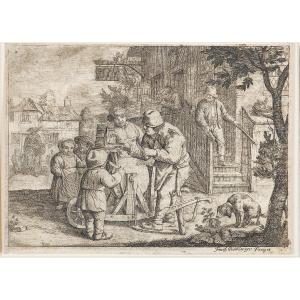








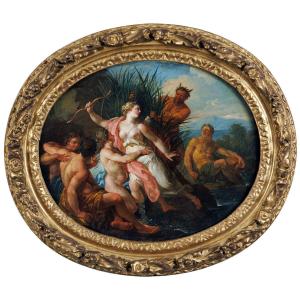
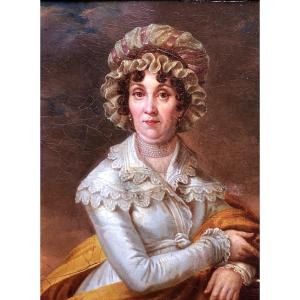


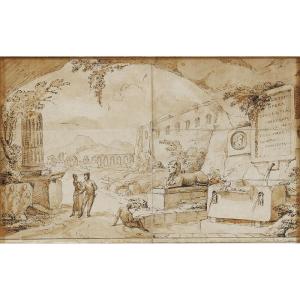



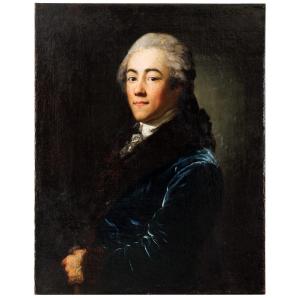
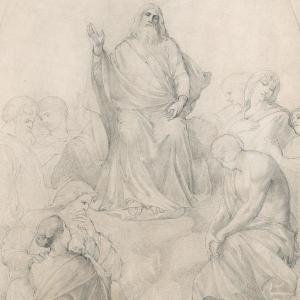



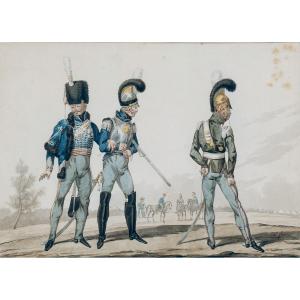

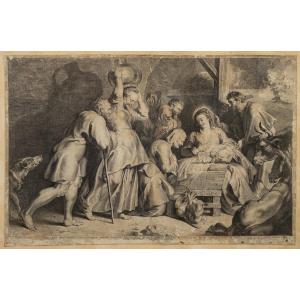
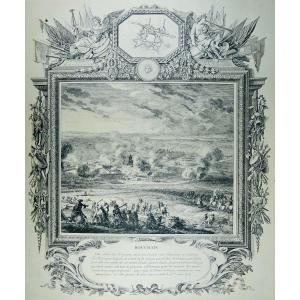





 Le Magazine de PROANTIC
Le Magazine de PROANTIC TRÉSORS Magazine
TRÉSORS Magazine Rivista Artiquariato
Rivista Artiquariato